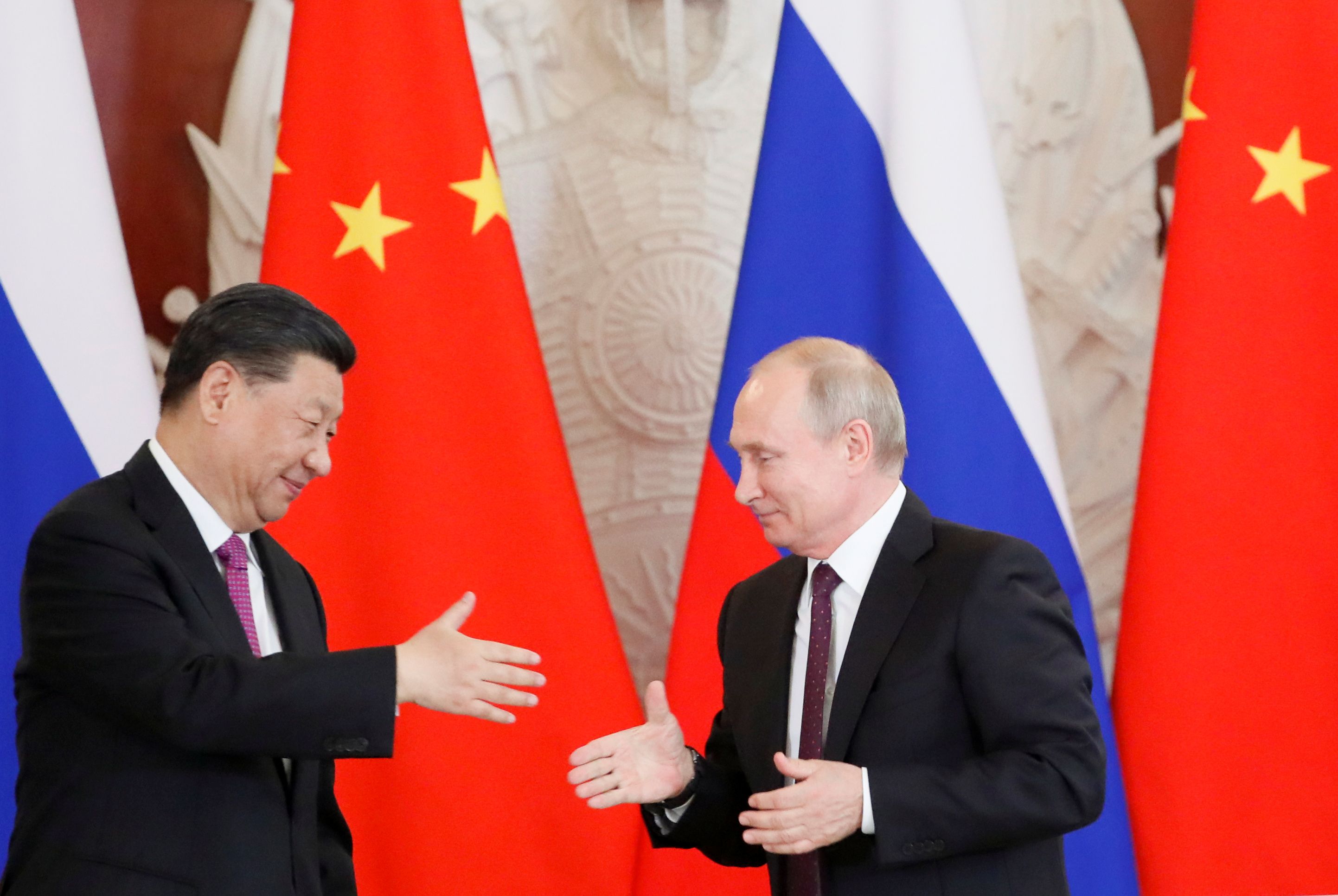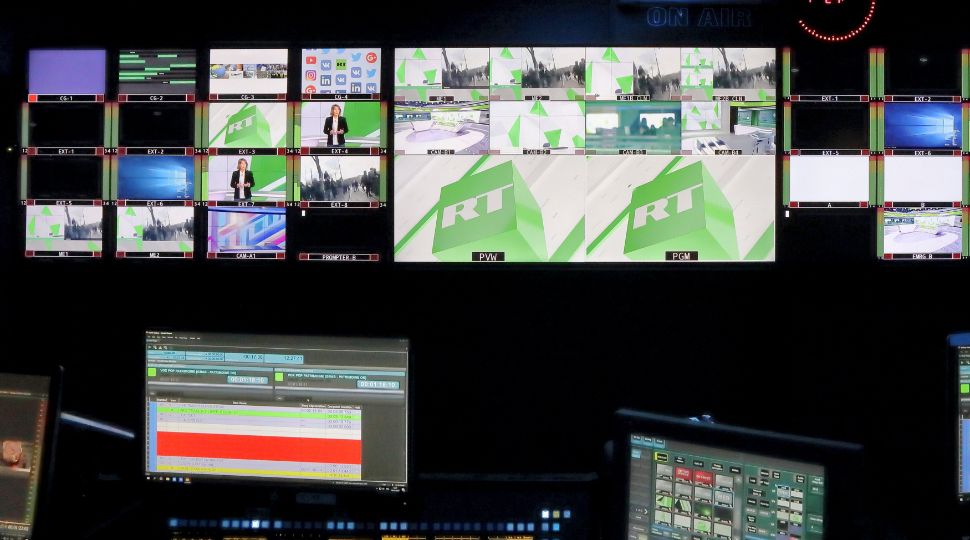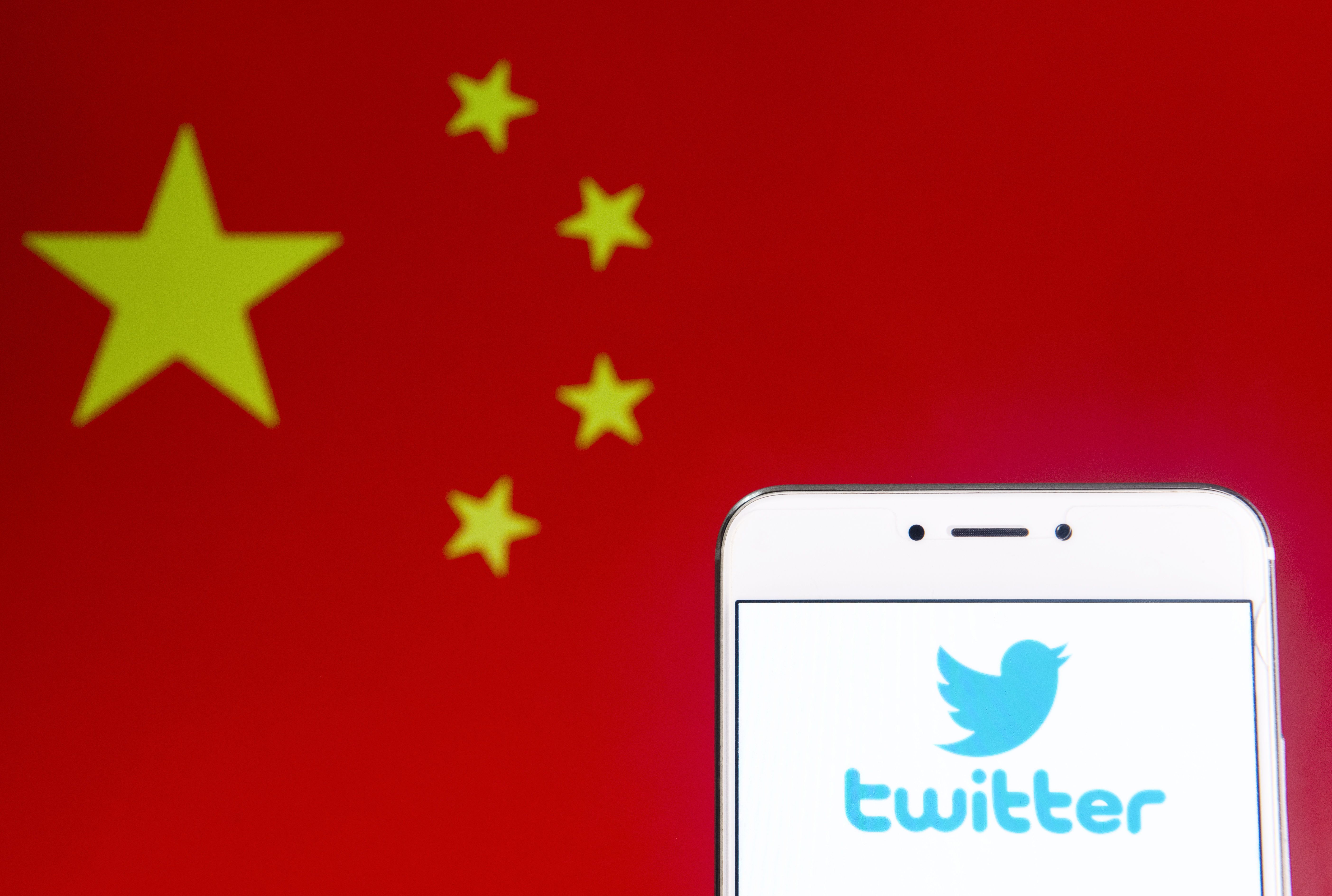Disinformation from China and Russia during the COVID-19 Pandemic

The campaigns run by China and Russia combine elements of public diplomacy, propaganda (information showing a false image, but consistent with state policy), and disinformation (manipulated materials designed to trigger a desired response, including polarisation of societies). In the short term, the aims of these activities are to improve the country’s image (mainly China) and have Western sanctions lifted (Russia). In the long run, the goal is to increase the international significance of both countries vis-à-vis the United States, the EU and NATO. It is unlikely that Russia and China are coordinating their activities jointly, but they do share mutual inspiration and each state benefits from the other’s activity. They also use similar tools, such as fake social media accounts, bots, and false messages promoted by their diplomatic missions.
China’s Activities
Disinformation related to the COVID-19 pandemic was started by the Chinese authorities when the first cases were detected in December 2019. For example, doctors in Wuhan were prevented from disclosing the scale of the threat, which delayed the implementation of procedures that could prevent the spread of the disease globally. To this day, China omits these events when presenting the chronology of activities related to the virus. Since March, China's disinformation has further focused on the origin of the virus and the reasons for its spread worldwide, suggesting sources in the United States.
China’s disinformation activities regarding coronavirus use mechanisms known from, among others, the Hong Kong protests in 2019. They are mainly composed of statements by the Chinese Ministry of Foreign Affairs, which then are repeated by, for example, English versions of the party newspapers (Global Times and People’s Daily). The content is then repeated by Chinese ambassadors and diplomatic mission accounts on Twitter. “Local agents”, the media companies with which, for example, the Xinhua news agency has agreements (in Germany, Poland, France and Belgium, among others) are often used for dissemination of the messages. It is not uncommon for China’s ambassadors to publish statements in local newspapers or on websites, as they recently did in Poland. This gives the impression of validating the information and allows it to reach a wider audience.
The official statements are duplicated by thousands of Twitter accounts (fake and automated), often targeted at users on the basis of, for example, nationality. This process is controlled by Chinese private companies hired by government institutions to expand their network coverage and their audience (such as OneSight). Supervision of the disinformation programme under the CCP is exercised by the United Front Work Department in the Central Committee.
In parallel with the disinformation operations, China offers supplies of medical equipment (both paid for and free) for different countries including EU Member States and the United States. It is in China’s interests to create the impression that its authorities managed to overcome the virus and that any second wave will be the result of the negligence of other governments. But, by postponing such allegations, China is counting on maintaining favourable cooperation with the EU, such as limiting the possible withdrawal of Western companies from China.
Russia’s Actions
Russia’s disinformation campaign related to COVID-19 is conducted by many entities, including the traditional media (RT and Sputnik), Russian special services, the Ministry of Foreign Affairs, the Ministry of Defence, and trolls, bots and fake social media accounts. The Russians draw on the experience of similar actions relating to Ukraine (during the Dignity Revolution of 2013 to 2014), the U.S. (the 2016 presidential campaign), France (yellow vest protests since 2018) and Poland (historical issues from 2019 to 2020). In addition, Russia is for the first time using China’s arguments, thus further disseminating Chinese propaganda related to the pandemic. This applies, for example, to information on the source of the epidemic and allegations of a U.S. biological weapon attack in China.
Unlike Chinese operations, the Russian campaign undermines U.S. guarantees for Europe, with the intention of breaking up NATO. In March, there were false reports about the U.S.-led international DEFENDER-Europe 2020 exercises. The Russian leadership used the pandemic to argue that U.S. soldiers were responsible for the spread of COVID-19 in Europe. In addition, Russia continues to discredit Poland in the EU (which is not done by China). False information was given regarding Poland's alleged blockage of the passage of a Russian aircraft with medical assistance to Italy, and stopping the transport of face masks on the Polish border. Russia's goal is to break unity in the EU and weaken Polish arguments on sanctions. In addition, the Russian media publish information about the intentions of the Polish authorities to use the pandemic as an opportunity to annex Kaliningrad Oblast.
Russia, like China, sends medical assistance to some countries. It wants to gain their favour in the matter of lifting EU sanctions. Videos are distributed in Russian media, showing Italians removing the EU flag from city buildings while the Russian national anthem plays in the background. In this way, Russia is trying to weaken European public support for the European Union by undermining its ability to manage the crisis. Russia also sent medical assistance to New York, but products of companies subject to U.S. sanctions were also on board an An-124 Ruslan transport aircraft. During the G20 summit, President Vladimir Putin suggested that, in the face of a pandemic, Western restrictions should be lifted.
Prospects and Conclusions
The disinformation campaigns around the coronavirus pandemic has confirmed the convergence of Russian and Chinese interests, and their desire to weaken the EU and the United States. Ultimately, these activities aim to support changes in the world order, in which China (in cooperation with Russia) would seek to take over global leadership and control of institutions within the UN system. This would mean undermining the principle of sovereign equality of states, protected by international law, and privileges for selected countries. Although there is no evidence of China’s direct cooperation with Russia, similar content in both states’ disinformation campaigns reinforces their message about the weakness of Western institutions. Opinion polls in Italy and Slovakia already indicate that public sympathy for Russia and China has increased, with a corresponding fall in positive opinions about the EU and NATO. The pro-Chinese approach was strengthened, for example, by the authorities of Serbia and Hungary. The Chinese disinformation is also an attempt to weaken U.S. and UK allegations that China mishandled the outbreak of the coronavirus, which might weaken the promotion of Chinese interests on, for example, the 5G market. For Russia, bilateral interests are important.
The scale of China’s disinformation activities, which began to be comparable to Russian ones, reduced the effectiveness of China’s open public diplomacy. EU politicians and experts have already begun to analyse Chinese activities in terms of propaganda in the same way that Russian activity is monitored. The problem of the dissemination of false information around the coronavirus epidemic has been partially identified by the European Union, with the participation of the East StratCom cell that has been analysing Russian disinformation since 2015. At the same time, Josep Borrell, EU High Representative for Foreign and Security Policy, criticised China’s communication activity on the pandemic. This forces China to present a more nuanced position by, for example, playing down its accusations that the U.S. caused the pandemic. It is worth strengthening and expanding the activity of East StratCom on the study of Chinese disinformation, and to ensure integration with the permanent structure of the EEAS.
Counteracting misinformation from China in the EU is difficult due to the China’s use of local intermediaries and social media (from the U.S.). Facebook and Twitter are increasingly blocking suspicious accounts related to COVID-19, but are not subject to EU regulations. In the case of Russia, the difficulty also arises from the large reach of disinformation aimed at recipients in Western countries, via RT and Sputnik. Reduction of disinformation activities could be achieved by introducing restrictions on the activities of Russian media in EU countries, and by limiting cooperation, including investment, involving Chinese media companies.






.png)